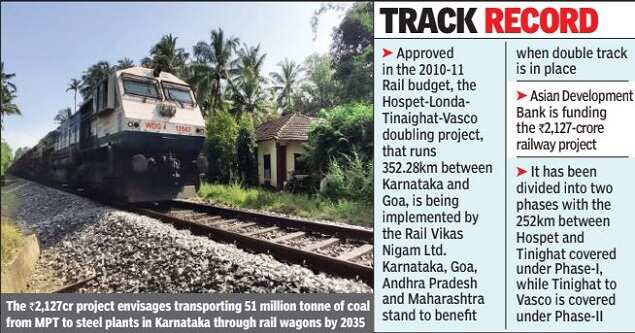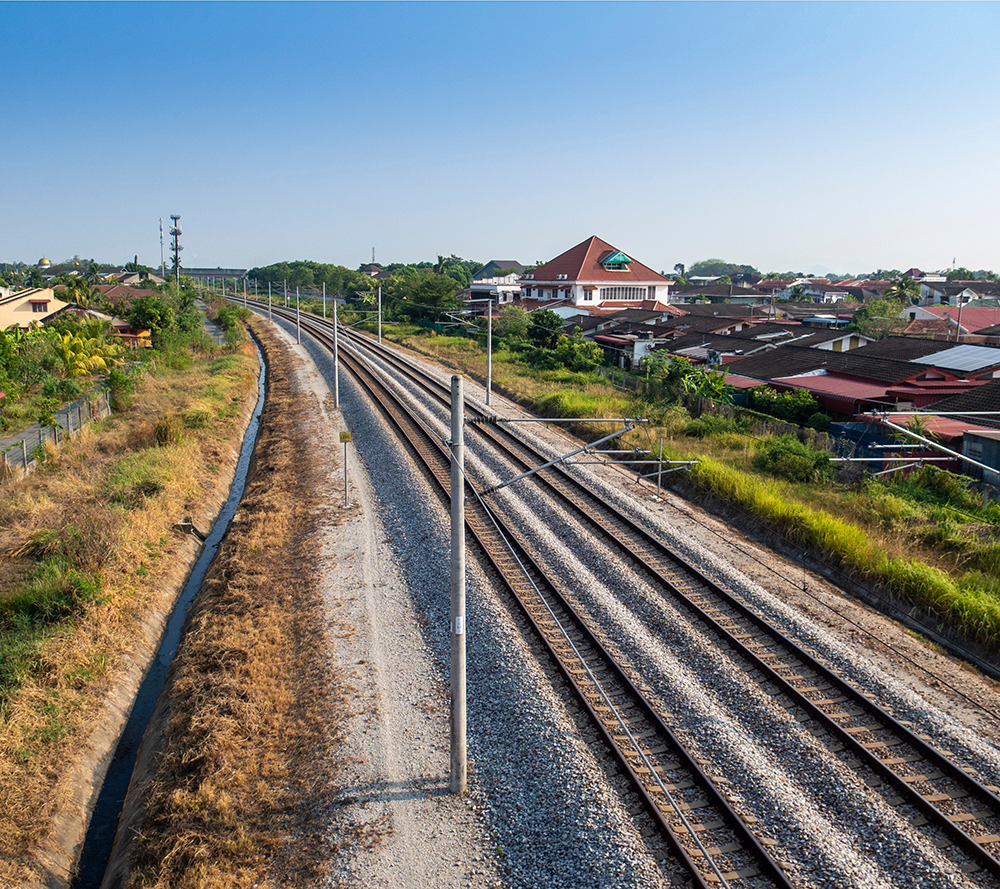

Signals for bi-directional working cannot be mounted between the tracks so must be mounted on the 'wrong' side of the line or on expensive signal bridges. The track centres can be as narrow and as cheap as possible, but maintenance must be done on the side. The distance between the track centres makes a difference in cost and performance of a double track line. A more modern British term for such a layout is an extended loop. If the crossing loop is long enough to hold several trains, and to allow opposing trains to cross without slowing down or stopping, then that may be regarded as double track. Most crossing loops are not regarded as double track even though they consist of multiple tracks.


This allows trains to use one track where the other track is out of service due to track maintenance work, or a train failure, or for a fast train to overtake a slow train. Where the signals and points (UK term) or rail switches (US) are power operated, it can be worthwhile to signal each line in both directions, so that the double line becomes a pair of single lines. This arrangement simplifies the signalling systems, especially where the signalling is mechanical (e.g., semaphore signals). Double track railways, especially older ones, may use each track exclusively in one direction.


 0 kommentar(er)
0 kommentar(er)
